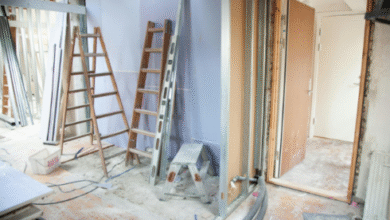Scotch Bonnet peppers are known for their heat and distinctive flavor, and they can be grown successfully in your garden or in containers. Here’s a step-by-step guide on how to grow Scotch Bonnet peppers:
Materials You’ll Need:
- Scotch Bonnet pepper seeds or seedlings
- Garden soil or potting mix
- Containers or garden beds (if growing in containers)
- Garden tools (shovel, trowel, rake)
- Fertilizer (balanced, slow-release or organic)
- Mulch (optional)
- Stakes or cages (for support)
- Watering can or hose with a spray nozzle
Steps:
1. Choose the Right Location: Scotch Bonnet peppers thrive in warm, sunny locations. Select a spot in your garden that receives at least 6-8 hours of direct sunlight each day. If you’re growing them in containers, place the pots in a sunny area.
2. Prepare the Soil: Ensure your soil is well-draining and rich in organic matter. You can improve drainage by adding compost or well-rotted manure to the soil. Aim for a soil pH of around 6.0 to 6.8.
3. Start from Seeds or Seedlings: You can start Scotch Bonnet peppers from seeds indoors 8-10 weeks before your last expected frost date or purchase seedlings from a nursery or garden center. If starting from seeds, use seed-starting trays or pots filled with a seed-starting mix.
4. Planting:
- If planting in garden beds: Space Scotch Bonnet pepper plants about 18-24 inches apart to allow for proper air circulation.
- If planting in containers: Choose pots that are at least 12-14 inches in diameter and provide ample room for root growth.
5. Transplanting Seedlings: If you started seeds indoors, transplant the seedlings into your garden or containers after the last frost date in your area. Handle the seedlings carefully to avoid damaging the roots.
6. Provide Support: Scotch Bonnet pepper plants may benefit from staking or caging to support the branches when they become laden with fruit. This prevents the branches from breaking.
7. Fertilize: Apply a balanced, slow-release fertilizer or organic fertilizer to your Scotch Bonnet pepper plants when transplanting and again a few weeks later. Follow the recommended dosage on the fertilizer packaging.
8. Watering: Keep the soil consistently moist but not waterlogged. Water the plants at the base to prevent fungal diseases. Avoid overhead watering, especially in the evening. Container-grown peppers may require more frequent watering.
9. Mulch (Optional): Mulching around your Scotch Bonnet pepper plants can help retain moisture, regulate soil temperature, and reduce weed growth.
10. Pruning (Optional): Pruning pepper plants is not necessary but can improve air circulation and fruit production. Pinch off the top growth when the plants are about 12-18 inches tall to encourage bushier growth.
11. Harvesting: Scotch Bonnet peppers typically mature in 70-90 days after transplanting. Harvest the peppers when they reach their full size and have developed their characteristic color. Be cautious when handling, as these peppers are hot. Wear gloves if necessary.
12. Saving Seeds (Optional): If you want to save Scotch Bonnet pepper seeds for future plantings, allow some peppers to fully ripen on the plant. Remove the seeds and allow them to dry completely before storing them in a cool, dry place.
Scotch Bonnet peppers are a flavorful addition to many dishes, but be mindful of their heat. Store harvested peppers in the refrigerator or consider preserving them through methods like drying or pickling. With proper care and attention, you can enjoy a bountiful harvest of these fiery peppers.
Also Read:
https://writetechy.com/how-to-import-tile-markers-runelite/
https://writetechy.com/how-to-import-american-bully-from-china/
https://writetechy.com/how-to-import-tires-from-china/
https://writetechy.com/how-to-improve-clarinet-tone/




